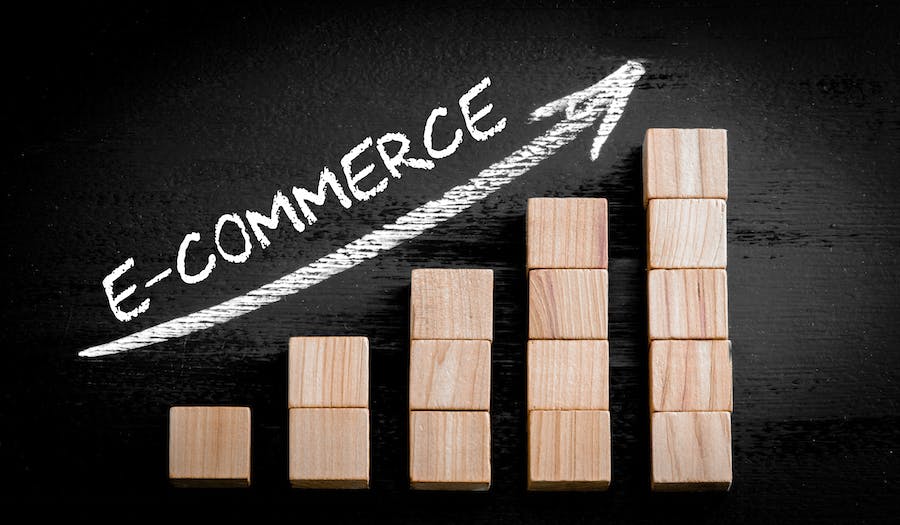If figures from Deloitte are to be believed, Australia’s digital economy is booming – with the advisory firm valuing it at $AUD79 billion. Another report by Chinese networking firm Huawei now ranks the country in 12th position among 50 leading countries, for Internet connectivity and adoption of a digital economy.
The digital enterprise within Australia: A state of play
From an enterprise perspective, Australia’s burgeoning digital economy has been driven by a number of key technology trends impacting across a wide range of industries. These include the growth of Internet of Things and rising customer demand for around the clock access to services, due in part to the rise of social media and smart devices. In fact, the number of connected ‘things’ is forecasted to hit 4.9 billion worldwide by the end of 2015, according to Gartner.
Yet, the growth of digitisation goes beyond mere technology trends alone. Today’s enterprises must become digital in order to achieve maximum visibility into changing market behaviour, individual customer requirements, business operations across the entire supply chain, as well as changing external parameters such as new government regulations or even weather conditions.
Leading companies that can be classified as digital enterprises reflect a mindset that views digital transformation as not just about the technology and its implementation, but how it can impact and improve both future and real-time performance to achieve greater revenue and smart business outcomes.
Barriers to a digital economy and business
Despite the significant growth of Australia’s digital economy over the past few years, there are still a number of barriers preventing every Australian business from going fully digital. According to the Accenture Mobility Research 2015 study, a variety of challenges are holding back the deployment of digital technologies across enterprises, with security concerns the most commonly noted. Other challenges include the inability to keep current with technology, limited resources and technical integration problems. Moreover, another key barrier to further adoption is that most companies’ approach to digital is not integrated, with responsibility for digital strategy and deployment spread across silos within the enterprise.
Overcoming the obstacles: Building a digital business and economy
Whilst spending money and time on the deployment of new technology and software solutions can seem like a significant expense upfront, the long-term financial and non-financial benefits will outweigh this.
In this era of significant digital disruption, it is imperative for Australian organisations across all sectors, to not only think seriously about how they can survive this driving force of change, but more importantly, how they can capitalise on it. Most companies have plenty of ideas on how to transform their business, but executing them is a different story – it requires organisations to react dynamically to changing business circumstances and take the lead in a permanent cycle of transformation.
Reaping the benefits of a digitised business
The benefits of building a digital business are significant. In fact, the Accenture Mobility Research 2015 study suggests a link between digital adoption and profitability. Analysis showed that companies rating themselves as more profitable than competitors also appear to be further along their digital transformation journey.
By going digital, organisations can also transform the customer experience through increased business agility and collaboration, automated IT processes, as well as optimised supply chains for faster time-to-market.
On top of that, there are also a number of industry specific benefits, such as greater personalisation for shoppers in the retail industry or greater real-time insight to help the banking, financial and energy industries detect fraud and theft.
Evidently, there is still much to be done in order for Australian organisations to become truly digital – and further bolster the digital economy. Indeed, becoming a digital enterprise is not just about equipping a business for success; there are also clear implications for the country’s economic growth and international reputation as an innovative player in the technology space.
About the author:
James Wooster is the Vice President for Australia & New Zealand at Software AG. Software AG technology supports major corporations and government departments throughout Australia and New Zealand, including Woolworths, Fonterra, Perpetual, Nissan Motor Company, Seven Network, Victoria Police and Colonial First State Investments.

